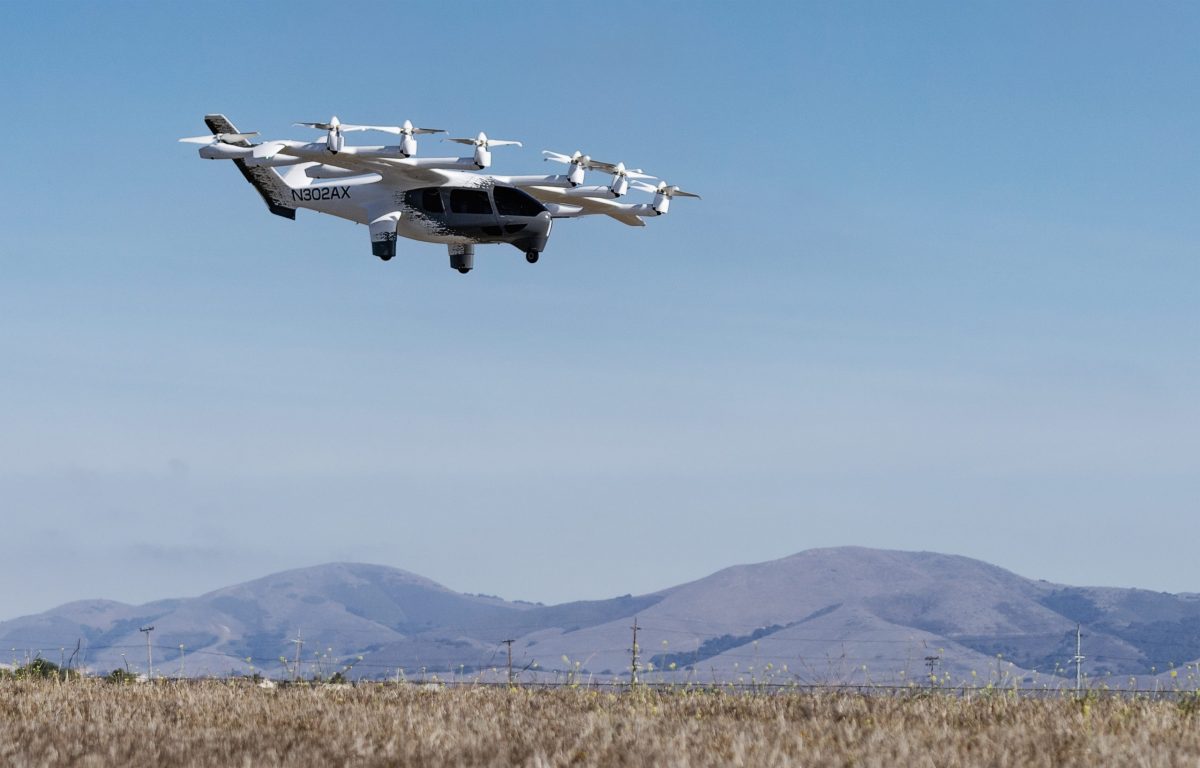

Addressing Seven Key Needs in Aerospace
Reports by numerous market research firms indicate the global aerospace composites market will increase at a 9% compound annual growth rate (CAGR) in the next several years. However, there are some obstacles to overcome to hit or exceed that mark.
During a campfire session at CAMX 2023 in Atlanta, three industry leaders addressed impediments to ramping up composites use in aerospace applications. Here are seven areas they discussed:
Lowering Production Costs – Industry needs to narrow the gap between the cost of manufacturing composite structures and metallic ones. “In the low-cost arena that I specialize in, we are competing predominantly with metals. We are looking at the cost of manufacturing metallic structures either by bending sheet metal or high-speed machining of aluminum,” said Robert Koon, a materials engineer with Lockheed Martin Aeronautics. “The solution to that, in our eyes, is in our development activities.”
Lockheed Martin is turning to other industries, such as automotive, for inspiration. For instance, the company is collaborating with the U.S. Air Force to develop long-fiber injection technology similar to a process currently used to manufacture John Deere tractor hoods.
“We are converting the glass fiber and low-end polyurethane that’s used in that baseline process with carbon fibers and high-performance resins,” said Koon. “It’s a perfect example of how we are trying to plagiarize development in other industries.”
Improving Tooling – “One issue with finding the lowest cost manufacturing technologies is that in some cases we are only making a few dozen or maybe a few hundred of our aircraft,” said Koon. “As a result, tooling becomes a great challenge for us in terms of cost.”
As an example, Koon mentioned that it’s time and cost prohibitive to build baseline Invar and steel tools for an attritable intelligence, surveillance and reconnaissance platform that may only require 10 aircraft.
“The solution is to explore polymer-based tools and other rapid tooling manufacturing technologies to try to reduce the cost and cycle time of tools,” he said.
Increasing Production Rates – “A lot of our history in putting advanced materials on platforms is in low-rate drones,” said Karin Anderson, a technical fellow at Boeing. “We are challenged trying to get [aircraft] built quickly enough and keep up with what we can do with metals.”
Anderson noted that Boeing manufactures two 737 MAX narrow-body airliners a day. That rate isn’t possible with the wide-body 787 Dreamliner.
“We don’t have enough automation, we don’t have enough inspection equipment and we just don’t have enough materials to keep up that rate,” she said. “That’s a big hinderance in terms of advanced materials making their way into a platform. You have to physically be able to build it quickly enough to support the industries that want the products.”
Elevating Material Performance – While composite materials have well-documented benefits – strength, modulus and tensile performance – there are limitations. For example, composites are susceptible to poor interlaminar performance. Solutions such as 3D woven structures and braided structures have been introduced in response, and there is ongoing development of innovative stitching and needle felting technologies to add reinforcement through the thickness of the composite, said Koon.
“You bump up the transverse performance, but the challenge is you don’t want to damage the in-plane properties in the process,” he said. “That’s the trade-off, and that’s where most of the research is headed.”
Koon also noted that enhancements in compression performance to match tensile performance would save significant weight in aerospace designs.
“We need revolutionary improvements in compression performance without sacrificing tensile performance,” he said. “That’s where the work needs to go.”
Standardizing Industry Processes – Original equipment manufacturers in the aerospace industry build, analyze and inspect aircraft differently, said Anderson.
“Everybody’s got their secret sauce, and the lack of standardization means that only this particular supplier can make my part,” she said. “Consequently, it’s tough to leverage off of each other in the manufacturing world.”
It’s challenging for a parts supplier to diversify and work with another OEM because it requires starting from square one to learn that company’s processes. That, in turn, hinders further expansion of composites in the aerospace market.
Qualifying Materials – Qualification of advanced material systems is imperative, but it’s a lengthy and expensive process that often deters the use of new materials, said Joseph Heil, a research engineer on the Spirit Wichita Innovative Future Thermoplastics team at Spirit AeroSystems.
For instance, Heil said Spirit AeroSystems can build an urban air mobility vehicle for a client with thermoplastic materials, however qualification will be laborious. “We have a very robust system for doing that. It’s a building block approach,” he said. “But it’s going to take three years and a couple million dollars.”
Heil suggested an evolutionary approach to qualifications – simulation backed by experiment.
“We need to understand how and why things work together so we’re not quite as reliant on testing everything exactly the way it’s going to be in the exact environment for exactly this product,” said Heil. “That’s essentially death by test, and it’s very slow and every expensive.”
Educating Employees – Anderson discussed the challenges employees face transitioning from metal to composite materials.
“It’s not just the engineers. It’s the people on the manufacturing floor, too,” she said. “They are used to being able to take a metal part and throw it on the floor. You can’t do that with composites, and you might not know if it broke until it’s too late.”
Finding enough skilled employees is an issue. “The massive amount of training required to work with composites and the steep learning curve is a real challenge,” said Anderson.
Despite the roadblocks to increasing the use of advanced materials in aerospace, the three experts remain optimistic – especially after convening with peers during CAMX.
“This is a great forum for all of us to share our experiences and encourage people to join us, not just from our individual functions in aerospace but across functions,” said Anderson. “These are the places where we can talk about how to abate the challenges.”
Susan Keen Flynn is managing editor of Composites Manufacturing magazine. Email comments to sflynn@keenconcepts.net.

SUBSCRIBE TO CM MAGAZINE
Composites Manufacturing Magazine is the official publication of the American Composites Manufacturers Association. Subscribe to get a free annual subscription to Composites Manufacturing Magazine and receive composites industry insights you can’t get anywhere else.




